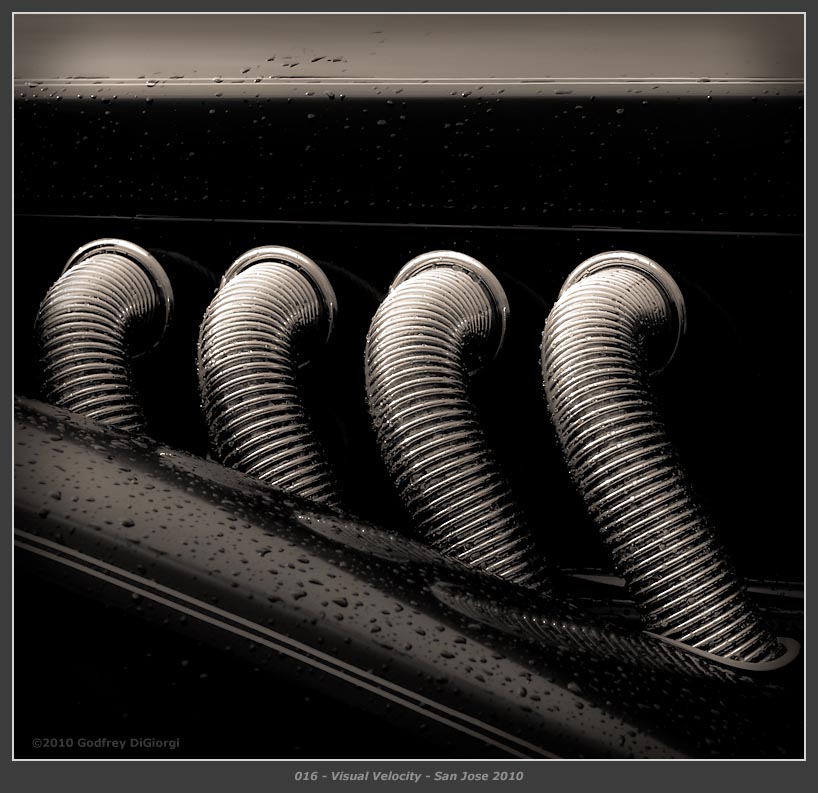i'm getting an E-1 today and am looking for a good lens to combine with it to shoot in the rain (so weatherproofing is a must). i keep on being drawn to this lens (despite the slow focusing), most probably because it's the only prime that fits the bill.
i would love to see some examples of real world shots if you have any. i am not as interested in the macro capabilities or examples, unless they were shot in the rain.
actually, anything shot in the rain (just tell me which lens if it isn't the 50mm).
i know this isn't a sexy topic right now (that goes to micro 4/3rds), but i thought i'd give it a shot.
thank you in advance!
cam
i would love to see some examples of real world shots if you have any. i am not as interested in the macro capabilities or examples, unless they were shot in the rain.
actually, anything shot in the rain (just tell me which lens if it isn't the 50mm).
i know this isn't a sexy topic right now (that goes to micro 4/3rds), but i thought i'd give it a shot.
thank you in advance!
cam



